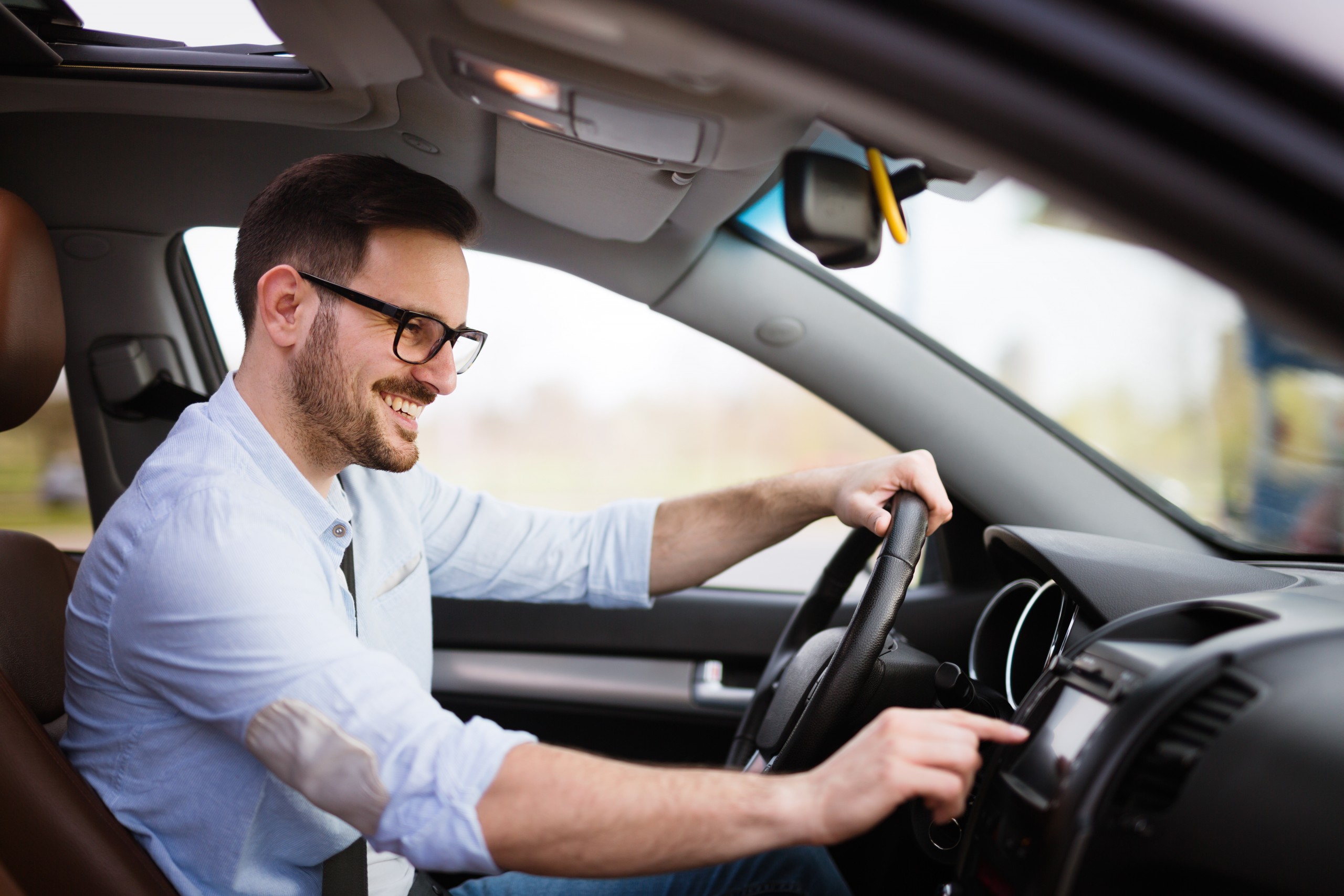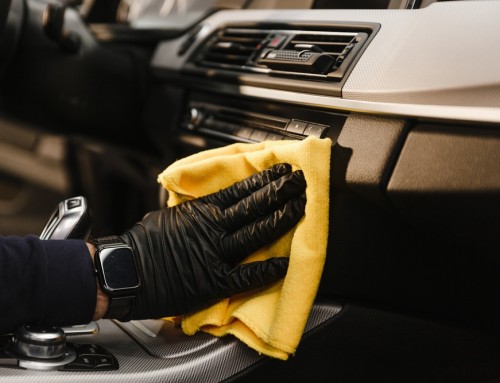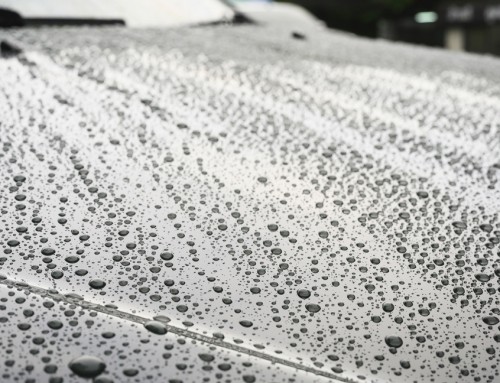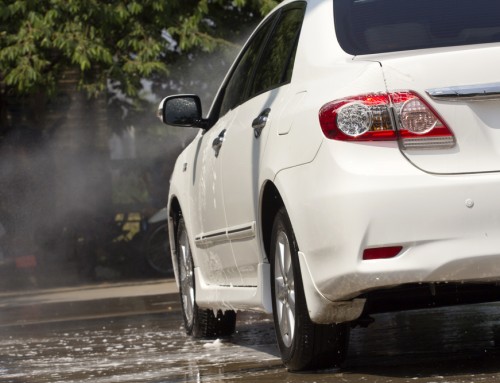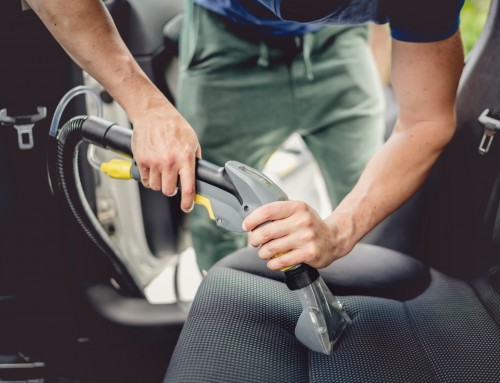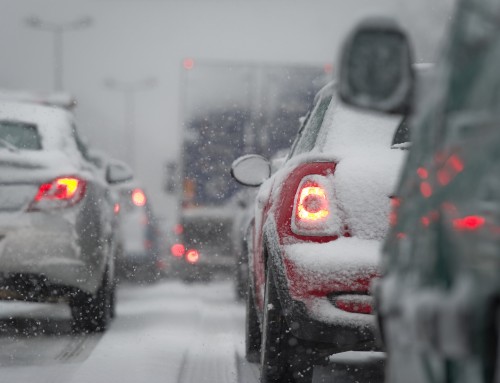Did you know that driving more efficiently can save you money at the pump? With gas prices rocketing, saving on fuel seems to be on everyone’s mind. Learning the skill of driving efficiently has become more valuable over time, promising drivers improved car health, a surefire way of saving money, and better eco-friendly habits by lowering your carbon footprint. To ride the wave of efficient driving, here are our best tips and tricks to know for helping you drive more efficiently, leading to cheaper, cleaner, and greener driving.
-
Plan Your Drive Around Traffic Flow
You could save gallons of gas a year by planning your drives around traffic flow. Sitting in traffic wastes gallons of gas, especially in start-and-stop traffic. Avoid areas where traffic congestion is common and plan trips before or after peak rush hour traffic. Plan errands during off-peak hours and avoid idling for more than a few minutes. If you must stop for more than ten seconds, shut off your engine.
-
Do Not Idle
Convenient though it may be, idling is a cardinal sin of driving. Shown to consume a ½ gallon to a gallon of gas per hour and release significant carbon dioxide (CO2) emissions into the atmosphere, idling spells double trouble for both gas efficiency and environmental concerns. The preference for idling stems from old car engineering, where switching an engine off and on consumed more gas than idling for a few minutes. Modern engines, however, are designed to start up more effortlessly and can consume significantly less fuel when switched off and restarted rather than after idling for extended periods.
As fall fades in and hints of winter are around the corner, it’s also essential to consider your gas efficiency when warming up the car. While letting the car sit with the engine on seems tempting to heat your interior, it can waste your gas and prove ineffective in heating the vehicle. To effectively warm an engine, it’s actually better and more efficient to start driving rather than revving it or idling. Engines only work hard under load and will warm up much quicker if you simply start it, wait for 20 seconds and drive.
-
Check Your Tire Pressure Regularly
Under-inflated tires are shown to reduce gas mileage by 0.2% for each PSI drop below the optimal PSI rating and have the added downside of shortening the lifespan of your tires too. You can find the correct tire pressure for your vehicle on the tire information placard, usually located on the driver’s door or the doorpost.
-
Use Your Eco Settings When Available
Modern cars have an eco-mode setting to help with fuel economy. While it’s on, the engine operates less at peak performance and becomes less responsive, but your fuel efficiency will improve. In Eco mode, you consume less gas and produce fewer emissions. The Eco mode works best when driving at a leisurely pace.
-
Remove Unnecessary Weight From Your Car
Not only is it unpleasant to drive surrounded by interior clutter, but it can cost you a fortune on extra gas every year. To ensure you aren’t wasting unnecessary money at the pump, take your car for regular interior washes to empty it of regular junk. Removing extra weight from your car can transform how far your tank of gas can take you. As well as interior clutter such as trash, food, and water bottles, you can remove the spare tire and jack, golf clubs, snow tires, or children’s car seats if it’s unlikely these items will be needed. This will significantly improve your gas efficiency by providing the added benefit of keeping your car amazingly clean. Many drivers enjoy booking their interior cleans and detailing out months in advance to guarantee that they are emptying their car of litter and extra weight regularly, and it’s a good idea if you’re looking to keep your fuel efficiency high.
-
Avoid Rough Roads When Possible
It’s interesting to know that driving on dirt or gravel decreases gas mileage by as much as thirty percent. This is because every time the tires bump up and down, the vehicle loses its forward momentum. Additionally, the car will slow down significantly when energy transfer occurs, especially if slowed into a stop. This is often followed by extra engine revving to maintain momentum, compensating for the loss in speed. As expected, this results in increased gas consumption and possible car damage, so it’s wise to avoid it.
-
Shut Off The Engine At The Lights
We already know that idling is bad for fuel efficiency and the environment, but did you know that when you stop at a traffic light, you could be wasting up to fifteen percent of your gas every time you wait? For traffic lights with long waits, save fuel and reduce pollution by shutting off the engine as soon as you hit that red light.
-
Open Windows on the Road; Close Them on the Highway
When the weather allows you to open up the windows for a cooldown, it could be a great alternative to fuel-consuming A/C, at least depending on your speed. The gas required to power your car’s A/C is higher than the amount needed to compensate for drag at low speed. This means that opening your windows at low speed is a more fuel-efficient and cheaper alternative to running the A/C. However, the caveat is that this is not the case when driving at fast speeds, such as on large main roads or highways. On the highway, open windows create a considerable drag that massively decreases your car’s aerodynamics. In this situation, you would actually use more gas to maintain a consistent speed than with the windows rolled up and the A/C on.
-
Coast to decelerate
Each time you break, you lose your forward momentum, and your car essentially wastes energy. Hybrid cars take this concept and conserve and reuse the “lost” energy. Whether you’re a hybrid owner or not, all drivers can save gas using rolling stops instead of hard breaks. By looking ahead, you can often see when to slow down well in advance, and in coasting to a standstill (or using gears to break in a manual vehicle), you will conserve fuel and save money. Just remember that some stops, such as traffic lights or stop signs, require a complete halt, so be sure to slow down with plenty of time to avoid wasting gas and hammering down on that break.
-
Keep to the Speed Limit and Save on Fuel
Speed limits protect driver and civilian safety, but when trying to cut down on gas prices, they serve other functions too. Driving at 45 – 50mph is the most efficient speed for fuel consumption. When you start going over 60-65 mph, your gas mileage will start to decrease due to the power required to maintain the speed, and your car will have to work harder. Keeping to the speed limit can save up to 15% of fuel consumption.
It’s also important to understand the best-recommended fuel for your particular vehicle. In some cars, non-ethanol fuel is recommended to take each full tank further, promising improved car performance and efficiency. Jazz car wash offers 91-octane non-ethanol that promises an array of benefits, including high-quality, clean, affordable fuel that improves engine efficiency.
At Jazz Car Wash & Detailing, we are car experts and enthusiasts who offer a full-service car wash and detailing service and keep you up to date on car-related matters. If you’re looking for help with car maintenance and improved fuel efficiency, our team can’t wait to help you. We’ll answer any of your questions while offering our award-winning car washes and premium fuel that can improve your car’s performance and mileage. Contact us today and learn more.


